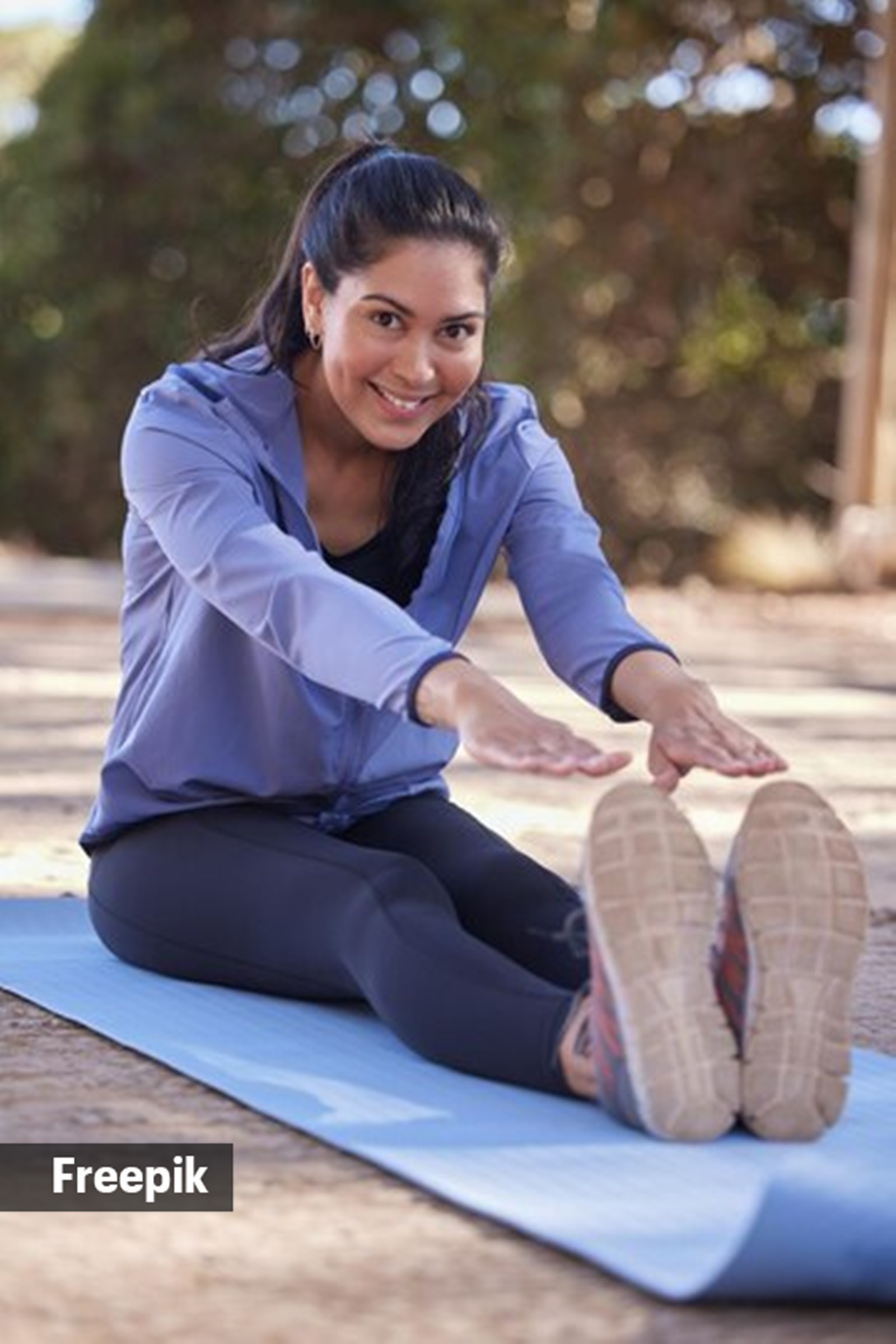Do you have the body of a 65-year-old or are you as fit as someone who has just turned 25? This viral ‘age test’ might just help you determine your ‘body age’.
Introduced by content creator Dr Suzi Schulman in an Instagram reel, this unconventional method involves crossing your arms, lifting one leg, and closing your eyes — with the number of seconds you can maintain this precarious stance, revealing how old your body truly is.
“The process of balancing well is linked with a host of healthy neurological functions necessary to keep you kicking into old age,” she captions the post.
The premise is simple: the fewer seconds you can hold the position, the ‘older’ your body age. However, does this method have any scientific validity?
Dr Manjiri Thakur, physiotherapist and vertical head, Product and Strategy, Physiotattva, says, “The ‘age test’ involving crossing your arms, lifting one leg, and closing your eyes to determine your body’s age is more of a fun activity than a scientifically validated measure. While this test can assess balance and coordination, which tend to decline with age, it doesn’t provide a comprehensive assessment of a person’s fitness or biological age. Physiotherapists use more detailed assessments, including strength, flexibility, and overall physical function, to determine physical health.”
Physiological factors influencing performance
According to Dr Thakur, performance on this balance test is influenced by the following factors:
– Muscle Strength and Coordination: Stronger muscles and better coordination improve balance.
– Vestibular Function: The inner ear’s role in balance can decline with age.
– Proprioception: The body’s sense of its position in space also decreases as we get older.
She says, “While these factors relate to aging, they don’t paint the full picture of an individual’s health.”

Can short-term balance and coordination tasks like this provide any meaningful insights into overall health and aging?
Dr Thakur shares, “Short-term balance and coordination tasks provide a snapshot of neuromuscular health and vestibular function. While they can indicate some aspects of aging, they are not comprehensive measures of overall health.”
A detailed physical assessment, considering multiple factors, offers a more accurate understanding of an individual’s health and fitness.
How do the specific time thresholds in the ‘age test’ correspond to different physiological markers or conditions associated with aging?
The time thresholds used in the “age test” (e.g., 5 seconds indicating over 65 years old) are arbitrary and lack scientific basis, Dr Thakur stresses. Physiotherapists use more reliable methods to assess biological age and health, such as:
*Functional Fitness Tests: These include tests for cardiovascular endurance, muscle strength, flexibility, and balance.
*Biomarker Analysis: Measuring biological markers like hormone levels and inflammatory markers.
She recommends consulting professionals such as physiotherapists, who focus on improving movement and function through exercise, manual therapy, and education. “They conduct comprehensive assessments to develop personalised treatment plans. Balance or age tests, while useful, are just one part of a broader assessment strategy.”
© IE Online Media Services Pvt Ltd
First uploaded on: 24-06-2024 at 15:29 IST


